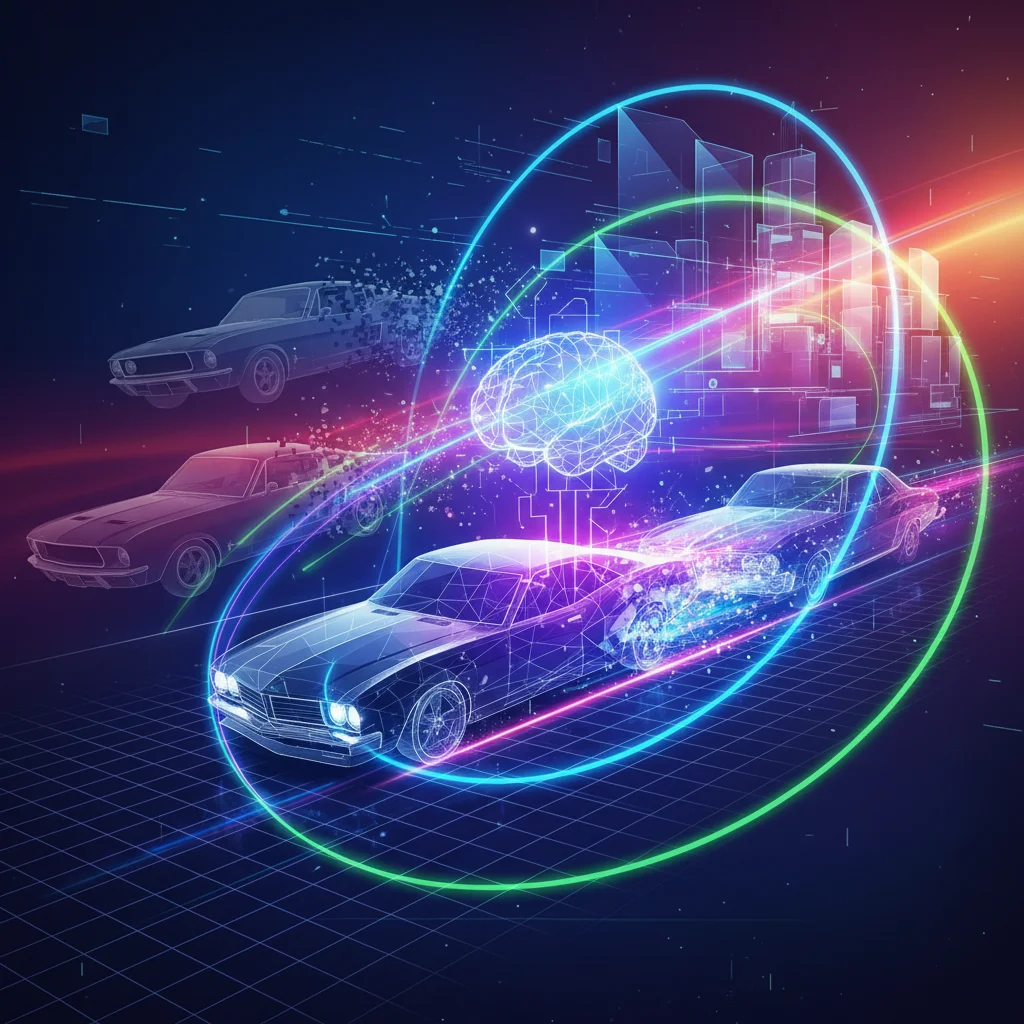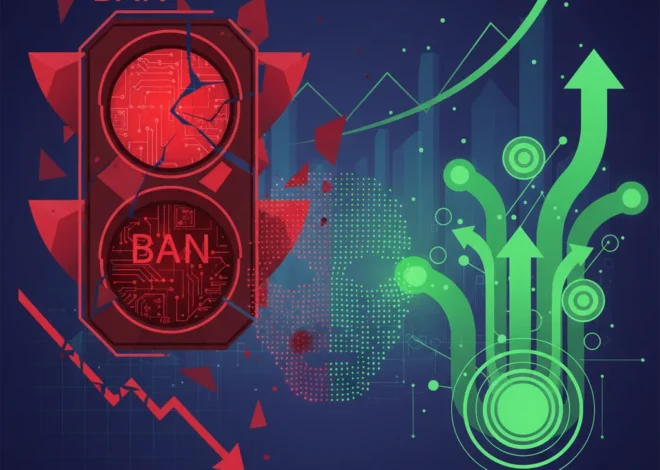
Hollywood’s New Engine: How AI and Virtual Studios Are Reimagining the Car Chase
Picture the most iconic car chase in cinema history. Is it Steve McQueen tearing through San Francisco in Bullitt? The visceral, metal-crunching chaos of The French Connection? For decades, these heart-pounding sequences were a badge of honor for filmmakers—a testament to meticulous planning, immense risk, and the sheer audacity of stunt performers. They involved shutting down entire city blocks, rigging cars for spectacular destruction, and putting human lives on the line for that perfect shot. But what if the next great car chase wasn’t filmed on a real street at all? What if it was safer, more dynamic, and creatively limitless?
A recent segment on the BBC’s “Tech Now” pulls back the curtain on this exact revolution. Host Alasdair Keane explores a high-tech studio that is fundamentally transforming how car stunts are made, moving them from the unpredictable asphalt to the controlled, digital world of virtual production. This isn’t just an incremental upgrade; it’s a paradigm shift fueled by a potent cocktail of artificial intelligence, robotics, and cloud computing. For developers, entrepreneurs, and tech professionals, this convergence isn’t just a fascinating peek into Hollywood’s future—it’s a case study in how cutting-edge software is disrupting one of the world’s most established industries.
The Problem with Practical: Why Traditional Stunts Are Hitting a Red Light
To appreciate the magnitude of this change, we first need to understand the immense challenges of traditional car stunts. The process is a logistical and financial behemoth. Securing permits to close public roads can take months and cost a fortune. Weather is an unpredictable variable that can derail a multi-million-dollar shooting day. Every single take involving a vehicle carries an inherent risk of injury or worse for the stunt crew.
Furthermore, creative freedom is often constrained by physics and safety. Want a car to drift impossibly around a corner while a camera swoops under its chassis? That might require a custom-built camera rig, weeks of practice, and a healthy dose of luck. Reshoots are a nightmare. If a director wants to change a camera angle after the car has been spectacularly wrecked, the only option is to source an identical vehicle and do it all over again. As highlighted in the BBC’s exploration, these limitations have created a demand for a smarter, more flexible solution.
Enter the Virtual Soundstage: The Tech Stack of Tomorrow’s Blockbuster
The solution is a new breed of studio that looks more like a tech campus than a film set. Instead of green screens, imagine a car surrounded by a colossal, curved wall of high-resolution LED panels. These screens display photorealistic, 3D environments created in game engines like Unreal Engine 5. The result is a seamless blend of the physical and digital, where the real car, the actors inside, and the virtual world are all captured in-camera, in real-time.
This is where the tech gets truly exciting:
- AI and Machine Learning Simulation: Before a single tire screeches, the entire stunt is pre-visualized and simulated using sophisticated AI models. These machine learning algorithms can predict vehicle physics, crash dynamics, and debris patterns with astonishing accuracy. Directors can experiment with dozens of scenarios digitally, tweaking speeds and impact points until the sequence is perfect, drastically reducing the number of physical takes required.
- Robotics and Automation: The camera is no longer a passive observer. It’s an active participant, mounted on a high-speed robotic arm. This level of automation allows for “impossible” shots that a human operator could never achieve. The system’s programming ensures that every movement is perfectly repeatable, a critical factor for visual effects integration. This tech allows for a level of precision that, according to industry insiders featured on Tech Now, can cut down on-set adjustment times by over 60%.
- Cloud-Based Asset Management (SaaS): The 3D models of cities, landscapes, and vehicles are massive, data-intensive assets. These are managed and rendered via powerful cloud infrastructure. Studios can use a SaaS (Software as a Service) model to access rendering power and asset libraries


